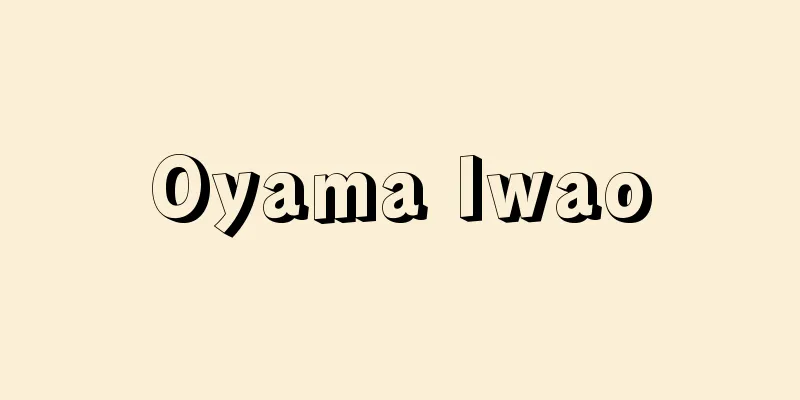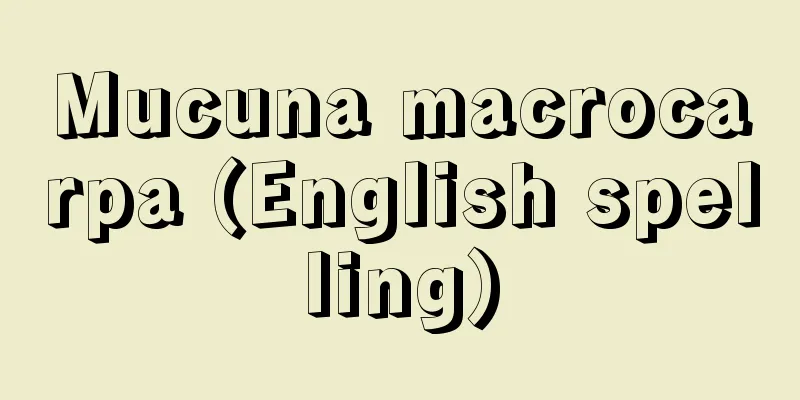Oyama Iwao

|
Year of death: December 10, 1916 Year of birth: Tenpo 13.10.10 (1842.11.12) He was an army officer who played an active role in the Meiji period. He was born in Kajiya-cho, under the castle of Kagoshima, as the second son of Satsuma samurai Hikohachi and Tsune. The Saigo family was his father's family, and Saigo Takamori and Tsunemichi were cousins. His wife was Yoshii Tomomi's eldest daughter Sawako, and his second wife was Sutematsu, a member of the Aizu samurai clan that had been defeated by the Satsuma army. Their marriage was much talked about. Sutematsu's brothers were Army Major General Yamakawa Hiroshi and Tokyo Imperial University President Yamakawa Kenjiro. He was loved by Saigo Takamori as if he were his younger brother, and with his strong protection he was promoted quickly. Immediately after the Anglo-Satsuma War, he studied at Egawa Tarozaemon's school in Edo with Kuroda Kiyotaka to study gunnery, and during the Boshin War he was active under Saigo, achieving particularly outstanding results in gunnery. In 1869 (Meiji 2), he traveled to Europe, and entered Paris with the Prussian army that had won the Franco-Prussian War. In 1870, he traveled to Europe again, and lived in Paris and Switzerland, studying French and gunnery. Immediately after returning to Japan, at the age of 33, he was promoted to major general, junior assistant to the army, and chief of the first bureau, due to the Satsuma-Choshu alliance, but it was also due to the fact that he was particularly favored by Saigo and Yamagata Aritomo. During the Seinan War, he loyally supported the new government and contributed to the victories in the battles of Tabaruzaka and Shiroyama, solidifying his position in the army second only to Yamagata. In 1888, he became Minister of the Army, and thereafter, following in Yamagata's footsteps, he became Chief of the General Staff, and in 1891, he became Army General. During his time as Minister of the Army, he established a three-tiered system consisting of the Ministry of the Army, the General Staff, and the Inspectorate Headquarters, and also opened the Army War College and realized the construction of artillery batteries in Tokyo Bay. In 1891, he made his third overseas trip, learning much from Germany and France, and when he returned to Japan and became Minister of the Army, he tried to change the military system from the French style to the German style, while adopting the French coastal defense system consisting of naval bases and fortresses. As an artillery expert, Oyama made an effort to purchase and adopt various Western European cannons and equipment. During the Sino-Japanese War (1894-95), he served as the commander of the 2nd Army opposite Yamagata's commander of the 1st Army, and during the Russo-Japanese War (1904-05), he served as the commander-in-chief opposite the Chief of Staff. During this time, he was ranked as a marshal along with Yamagata for 1931, and in 1940, he was awarded the title of duke, higher than Yamagata's marquis, which suggests that Oyama was held in extremely high esteem at court. <References> Ono Sanenobu, ed., "Marshal and Duke Oyama Iwao" (Tanaka Hiromi) Source: Asahi Japanese Historical Biography: Asahi Shimbun Publications Inc. About Asahi Japanese Historical Biography |
|
没年:大正5.12.10(1916) 生年:天保13.10.10(1842.11.12) 明治期に活躍した陸軍軍人。鹿児島城下の加治屋町に薩摩藩士彦八と競の次男として誕生,西郷家は父の実家であり,西郷隆盛,従道は従兄弟。妻は吉井友実の長女沢子,後妻は薩摩軍が倒した会津藩士族出身の捨松で,ふたりの結婚は話題になった。捨松の兄弟には陸軍少将山川浩,東京帝大総長山川健次郎がいる。西郷隆盛に弟同様に可愛がられ,その強い庇護もあって昇進が早かった。薩英戦争直後,砲術研究のため黒田清隆と共に江戸の江川太郎左衛門の塾に留学,戊辰戦争期には西郷の幕下にあって活躍,ことに砲術面で優れた成績をあげた。明治2(1869)年渡欧,普仏戦争で勝利したプロシア軍に従ってパリ入城。4年再び渡欧,パリ,スイスに住んでフランス語,砲術を学ぶ。帰国直後33歳で陸軍少将,陸軍少輔兼第1局長となったのは薩長天下の故だが,西郷,山県有朋に特に目をかけられたことが大きかった。西南戦争では新政府に忠節を尽くして田原坂,城山攻防戦での勝利に貢献,山県に次ぐ陸軍での地位を確定的なものとした。13年陸軍卿となり,以後は山県の跡を追う形で参謀本部長,24年陸軍大将と進んだ。陸軍卿時代に陸軍省,参謀本部,監軍本部の鼎立体制を樹立し,また陸軍大学校開校,東京湾砲台建設を実現した。17年3度目の外遊,独仏に学ぶところ多く,帰国後陸軍大臣に就任すると,兵制をフランス式からドイツ式に転換を図る一方,鎮守府と要塞から成るフランス式海岸防備体制を採用した。砲術家として大山は,西欧の各種大砲,装備の購入採用に努めた。日清戦争(1894~95)では山県の第1軍司令官に対する第2軍司令官,日露戦争(1904~05)では参謀総長に対する総司令官を務め,この間31年,山県と共に元帥に列し,40年には山県の侯爵よりも高い公爵の位を与えられ,宮中方面で大山に対する評価が極めて高かったことがうかがわれる。<参考文献>尾野実信編『元帥公爵大山巌』 (田中宏巳) 出典 朝日日本歴史人物事典:(株)朝日新聞出版朝日日本歴史人物事典について 情報 |
<<: Oyama Highway - Oyama Kaido
Recommend
Takekurabe
A medium-length novel by Higuchi Ichiyo. It was s...
Upasi - Ubai
〘Noun〙 (Transliteration of upâsikā) Buddhist term....
Accademia dei Lincei (English)
…The Italian academies that sprang up in the late...
Novatianus (English spelling)
A Roman Christian theologian (c. ?-258). He was th...
Antera
...They are the attendants of Yakushi Nyorai and ...
Cape Notsuke
A sand spit that juts out into the Nemuro Strait ...
index number
…A manifold has an index as a topological invaria...
premium era
…These myths and legends led the Greeks to regard...
Washington lupine
...also known as narrow lupine), white lupine L. ...
Sinobambusa tootsik (English spelling)
...Rikuchudake ( S. kagamiana Makino) is the most...
Oligopoly - Oligopoly
...An industrial structure in which multiple, but...
Curlew (English spelling)
A bird of the family Scolopacidae (illustration). ...
Localism in local fishing grounds - Chisakigyojojimotoshigi
The idea was to allow local villages to use and mo...
Honeysuckle - Honeysuckle
Touhon (a climbing plant) of the Rubiaceae family...
Diamondback moth (Plutella xylostella)
An insect of the Lepidoptera family, Yponomeutidae...









